If you’ve recently acquired an electric vehicle, we understand how much of a hassle it can be to choose the right charger based on your car and electric needs that’s why we’ve done the work. Here’s everything you need to know about choosing an electric vehicle charger for your electric car and the differences between the major types of electric vehicle chargers.
Different Types of EV Chargers
Let’s take an in-depth look into all the types of EV chargers and exactly how they can suit your needs.
Level 1 Charger
Let's start with the most basic and accessible type of EV charger, the Level 1 charger. Think of it as the "slow and steady" option in the world of EV charging. Level 1 chargers are essentially the EV equivalent of plugging your smartphone into a regular wall outlet overnight. They don't require any special installation—just a standard 120-volt AC outlet, which is common in almost every household in the United States.
Now, why would you consider a Level 1 charger? The answer lies in its simplicity and cost-effectiveness. It's the charger that typically comes with your EV, meaning there's no extra out-of-pocket expense for a basic charging setup. It's perfect for EV owners who have a modest daily commute or can charge their vehicle overnight, every night. The "slow" part comes into play with its charging speed. Level 1 chargers offer about 4 to 5 miles of range per hour of charging. So, if your EV's battery is fully depleted, it could take upwards of 20 to 24 hours to charge fully. But, if you're just topping off after a day's commute, it's a convenient, no-fuss solution.
The simplicity of Level 1 charging makes it a fantastic entry point for new EV owners. There's no need to invest in high-powered charging infrastructure right away. You can start with what you have at home, making the transition to electric vehicles smoother and more manageable.
In essence, Level 1 chargers serve as the foundation of EV charging. They're the slowest but also the most universally accessible and user-friendly option available.
Perfect for overnight charging and ideal for those who drive moderate distances daily, typically ranging from 20 to 30 miles, Level 1 chargers ensure that, for many, the switch to electric can be as seamless as possible.
Level 2 Chargers
Stepping up the charging game, we have Level 2 chargers. These chargers strike the perfect balance between speed and accessibility. Unlike Level 1 chargers that operate on standard 120-volt AC power, Level 2 chargers use 240-volt AC, similar to what large appliances like dryers or ovens use. This jump in voltage means significantly faster charging times, making Level 2 chargers a popular choice for both home and public charging stations.
We recommend level 2 chargers to anyone that's aiming to be serious with their EV journey as most people that begin with level 1 chargers end up switching to 2 anyway.
Autel Level 2 smart charge EV chargers are ideal for home charging, providing significantly faster charging speeds compared to traditional chargers.
So, how fast are we talking? Level 2 chargers can provide about 12 to 80 miles of range per hour of charging, depending on the electric vehicle's make and model and the charger's specific output. This speed makes it possible to fully charge most EVs overnight, a game-changer for those with longer commutes or for days packed with errands. For homeowners, installing a Level 2 charger might require some upfront investment and professional installation to ensure your electrical system can handle the load. However, the convenience of waking up every morning to a fully charged EV can be well worth the investment.
For public charging, Level 2 stations are commonly found in shopping centers, parking garages, and workplaces. They offer a practical solution for topping off your EV's battery while you shop, work, or dine.

DC Fast Chargers
Now, let's talk about the speedsters of the EV charging world: DC Fast Chargers, also known as Level 3 chargers. These chargers don't mess around. They convert AC power to DC within the charging unit and deliver it directly to the EV's battery, allowing for much faster charging speeds. We're talking about adding 60 to 100 miles of range in just about 20 minutes of charging, depending on the vehicle and charger. Some newer models and chargers can even push these limits further.
DC Fast Chargers are your go-to for long-distance travel, giving you the rapid charging needed to make cross-country EV travel feasible. You'll often find these chargers along highways and charging stations specifically designed for quick in-and-out access. The main downside? The cost and complexity of DC Fast Charging infrastructure make it less common as a home charging solution and more expensive to use than Level 1 or Level 2 charging. However, for those looking to minimize downtime during longer trips, DC Fast Chargers are invaluable.
The Difference Between Level 1 & 2 EV Chargers
Is it worth upgrading your level 1 charger to a level 2? Are the differences that clear? Here are the most significant differences between a level 1 and 2 EV charger.
Charging Speed
The most notable difference between Level 1 and Level 2 chargers is the charging speed. Level 1 chargers, as we mentioned, are the slow and steady option, offering about 4 to 5 miles per hour of charging. This speed is perfectly adequate for overnight charging or for those with a minimal daily commute.
On the flip side, Level 2 chargers are the equivalent of stepping on the accelerator. They operate on 240-volt AC power (similar to what large appliances in your home might use, like a dryer), and they can provide about 12 to 80 miles per hour of charging. This boost means that a fully depleted battery could be charged in just a few hours, making it a game-changer for EV owners with higher daily mileage needs or those who can't charge their vehicles overnight.
Installation and Equipment
Level 1 chargers require no special installation; you can simply plug them into any standard 120-volt outlet in your home. It's the definition of plug-and-play. Level 2 chargers require a bit more commitment. They need a 240-volt outlet, which might require professional installation if you still need to get one in your garage or wherever you plan to charge your vehicle. This installation can be an additional upfront cost, but for many, the convenience of faster charging is well worth it.

Cost
Speaking of costs, the difference in equipment and installation between Level 1 and Level 2 chargers translates directly to their price tags. Level 1 chargers are often included with the purchase of an EV, making them a no-extra-cost option for charging at home. Level 2 chargers, given their faster charging capabilities and the potential need for electrical upgrades, are more of an investment. The charger itself and the installation can range from a few hundred to a few thousand dollars, depending on your specific requirements and the electrician's rates.
Government Rebates: It's worth noting that Autel chargers may qualify for government rebates, available in both the United States and Canada, which can significantly reduce or even cover the cost. This makes the investment in a Level 2 charger even more appealing for many EV owners. Be sure to check with your local authorities or energy provider to see if you're eligible for any incentives or rebates.
Suitability
Choosing between a Level 1 and Level 2 charger boils down to your individual needs and daily routine. If your daily commute is short and you have the luxury of time to charge your vehicle overnight, a Level 1 charger might be all you need. However, if you find yourself needing quicker charging times due to a longer commute or more frequent trips, investing in a Level 2 charger could significantly enhance your EV ownership experience, reducing downtime and ensuring your vehicle is always ready to go when you are.
The Difference Between AC and DC EV Chargers
Nature of Current
First, you need to understand the basic difference between AC car charger and DC charger current. AC charging is what you typically find in-home charging setups (Level 1 and Level 2 chargers). In this system, the power from the grid is in alternating current form, which your EV’s onboard charger then converts to direct current, allowing the battery to store it. It's a bit like translating a foreign language into your native tongue before you can understand it.
DC charging, on the other hand, bypasses the car's onboard converter. These chargers convert AC to DC externally, so the power flows directly into the EV's battery as DC. It's more straightforward, like receiving a message in your native language from the get-go, allowing for much faster charging times.
Charging Speed
The difference in charging speed between AC and DC chargers is night and day. AC chargers, particularly Level 2 chargers, can offer a decent speed, providing around 12 to 80 miles per hour. This rate is suitable for overnight charging or getting a substantial boost during a workday.
DC chargers, often referred to as DC Fast Chargers or Level 3 chargers, are the superheroes of EV charging, delivering power much more rapidly. Depending on the power output of the DC charger and the EV's maximum charging capacity, they can add 60 to 100 miles of range in as little as 20 minutes. This rapid charging makes DC chargers ideal for long trips, where stopping for a quick charge can get you back on the road with minimal delay.
Availability and Location
AC chargers are the most common type of EV chargers, widely available for home installation and in many public locations, such as parking lots and workplaces. Their ubiquity and compatibility with all EVs make them the backbone of everyday EV charging.
DC Fast Chargers are less common and are typically found along major highways and in public charging stations strategically placed for long-distance travel. Their deployment is growing, but they're still more of an occasional resource for most EV owners rather than a daily charging solution.
Cost
There's also a significant difference in cost between using AC and DC chargers. AC charging at home is generally the most cost-effective way to charge an EV, especially if you can charge overnight during off-peak electricity rate hours. Public AC chargers may have a small fee or be free as part of a business's service to customers.
DC Fast Charging, given its speed and the technology involved, is more expensive. Public DC Fast Charging stations typically charge a fee based on the duration of charging or the amount of electricity delivered. While more costly, the convenience and time saved can make it a worthwhile expense during longer journeys.
Conclusion
Now that you know the difference between the various types of electric vehicle chargers, you can make an informed decision when it comes to purchasing one. Whether you want low-cost, or high speed, there’s an option tailored to your needs.
If you favor a level 2 home charger, the Autel MaxiCharger AC Elite is a great choice. Compatible with all-electric vehicles, this 50A, 12kW charger boasts the capability to add up to 48 miles of range per hour, providing both efficiency and convenience for your charging needs.
Related Reading:AC vs DC Chargers: Key Differences & Advantages

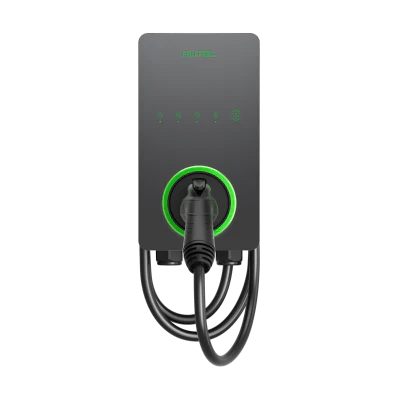
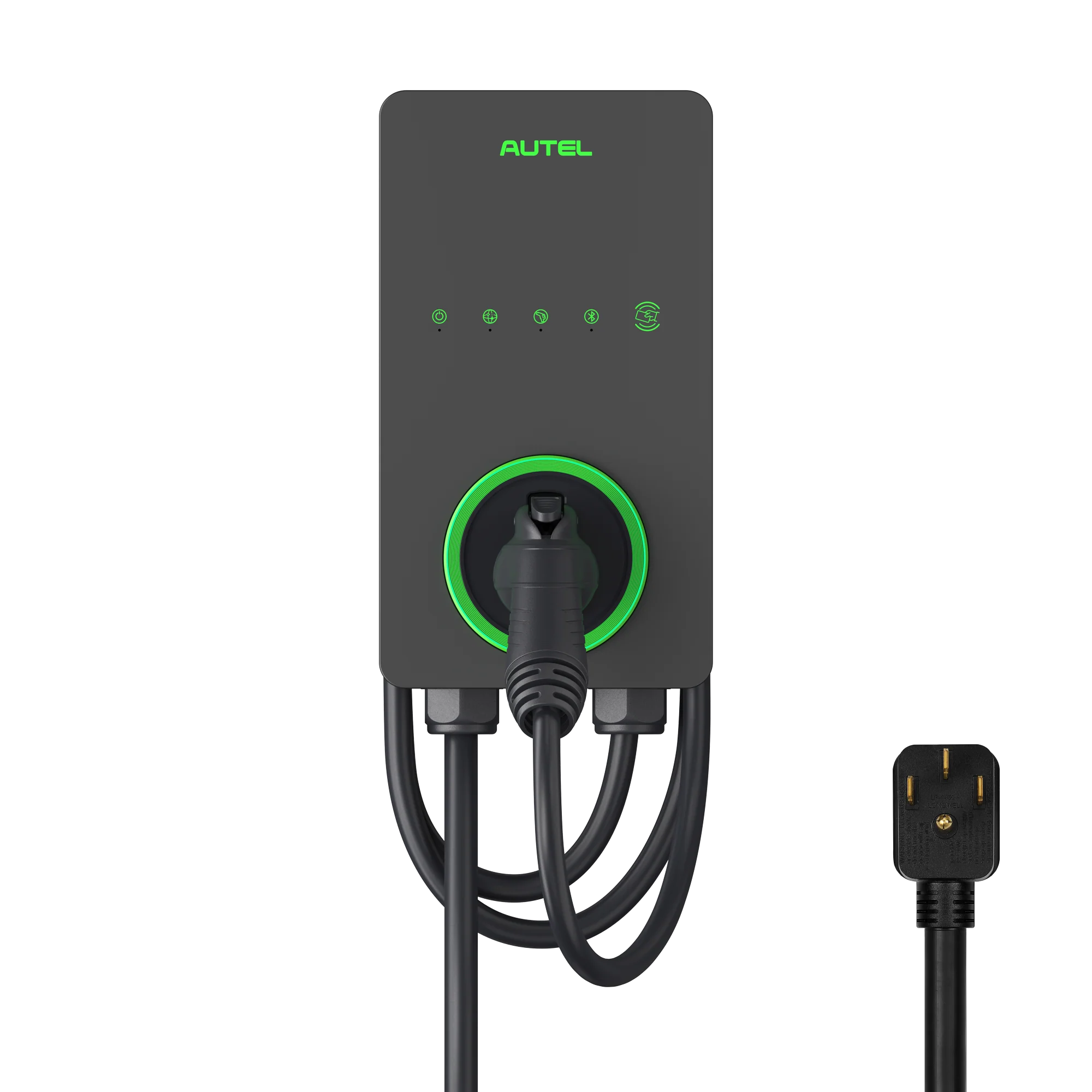
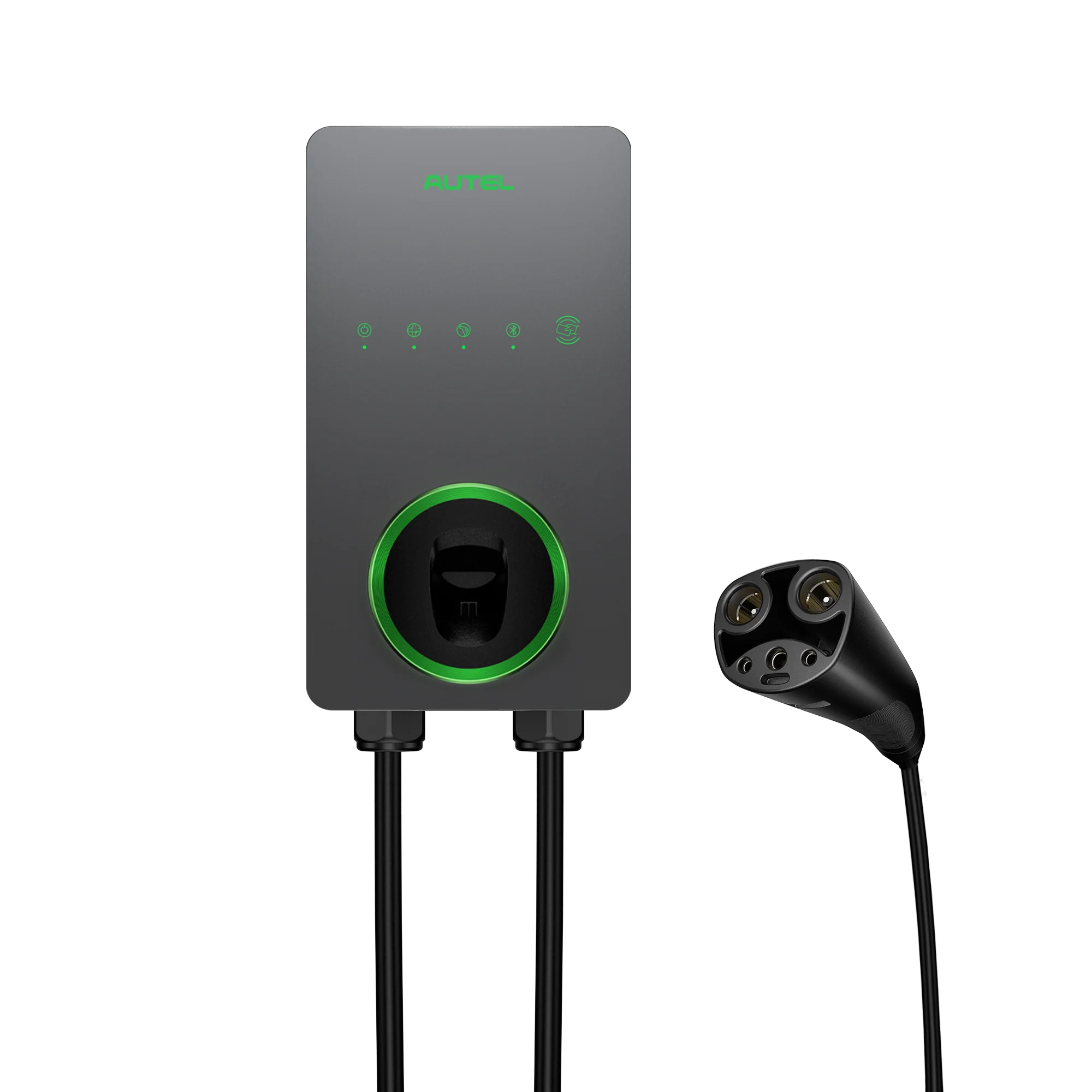
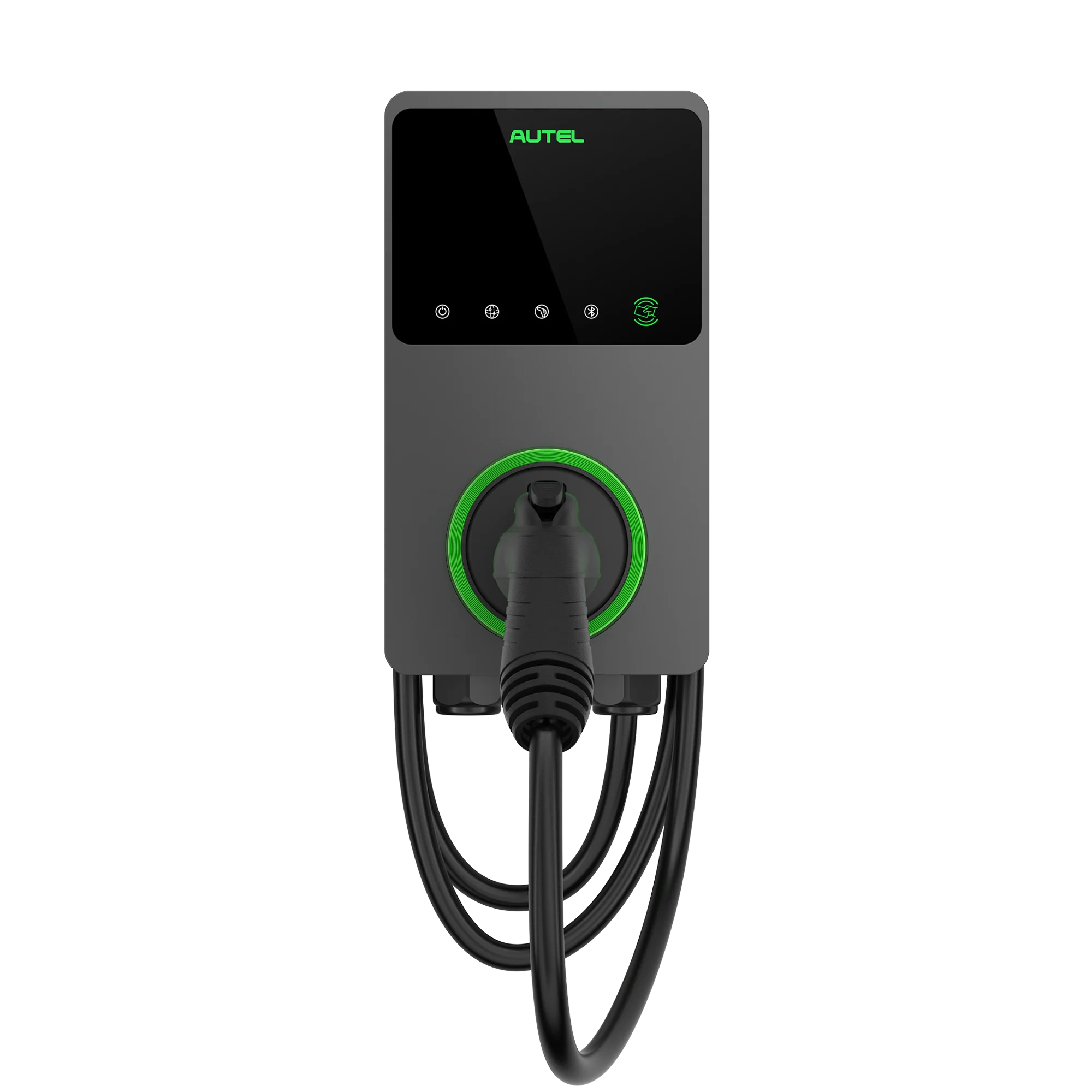
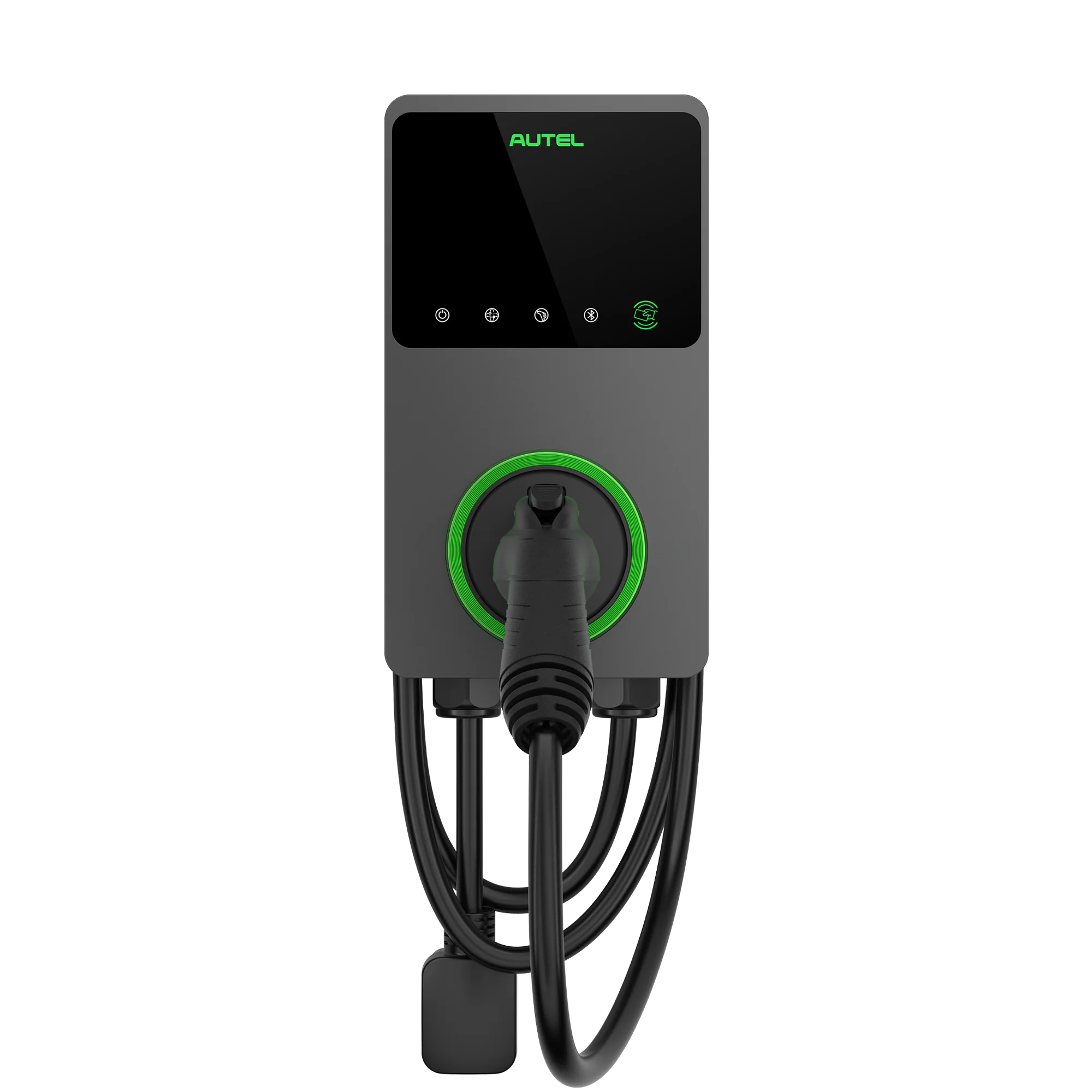

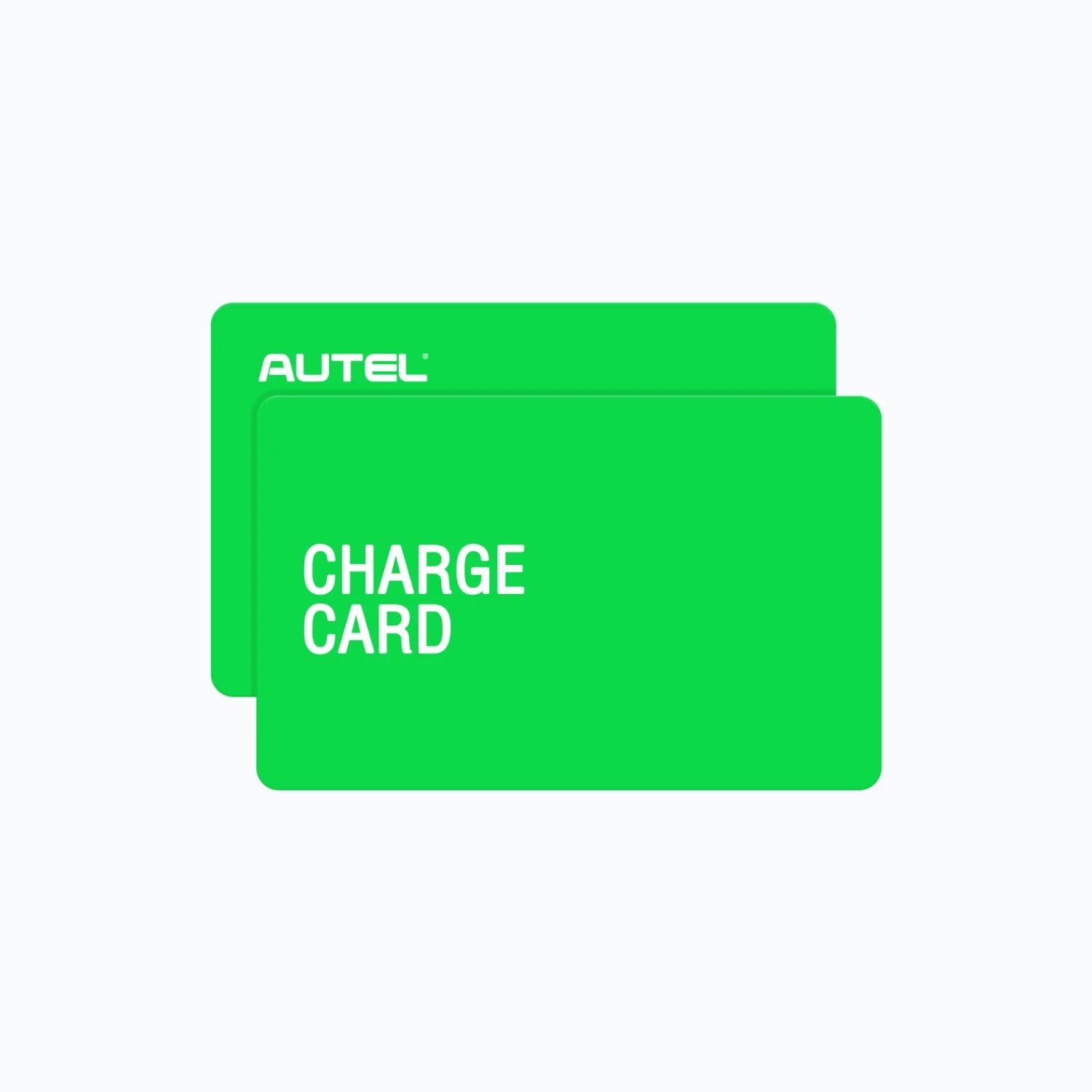
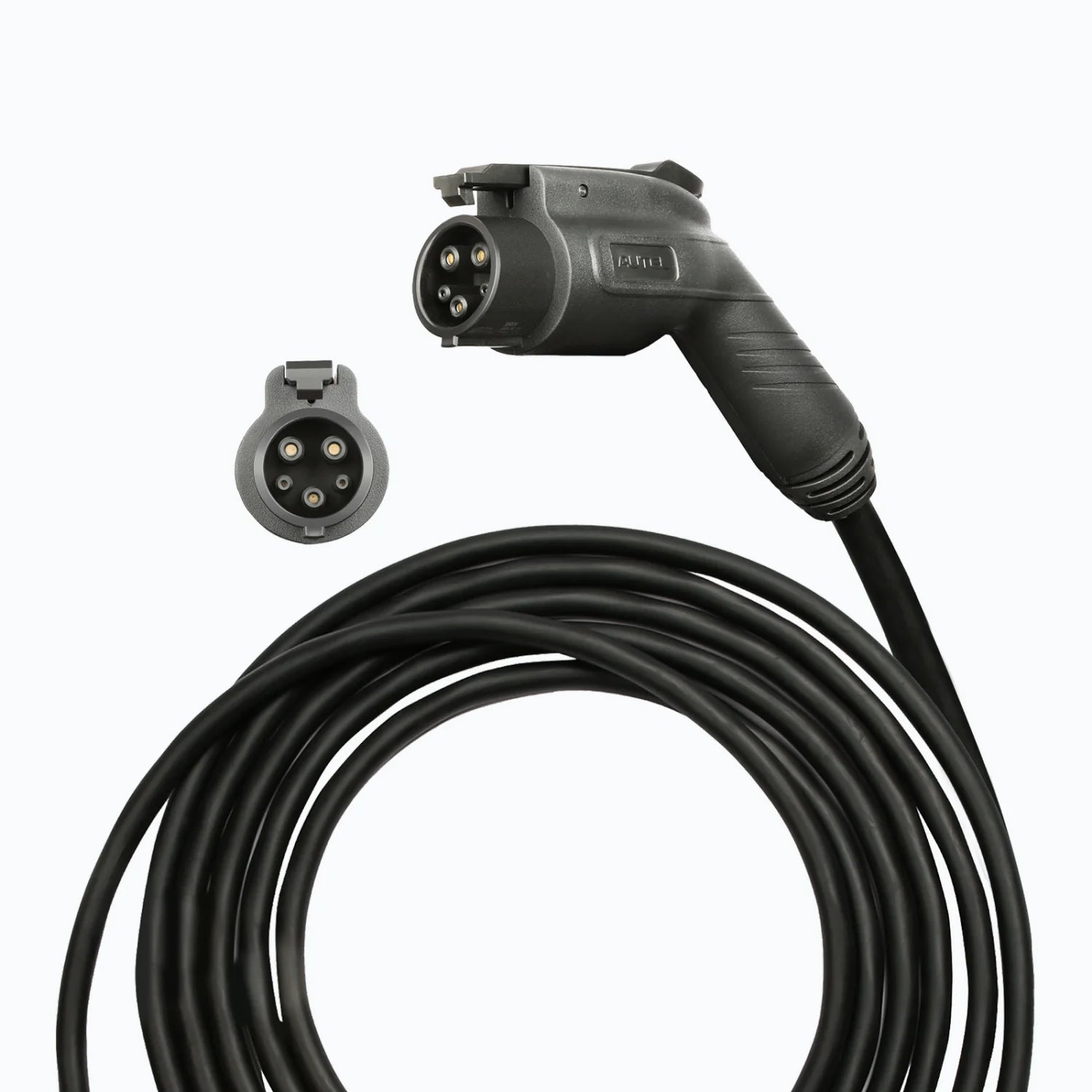
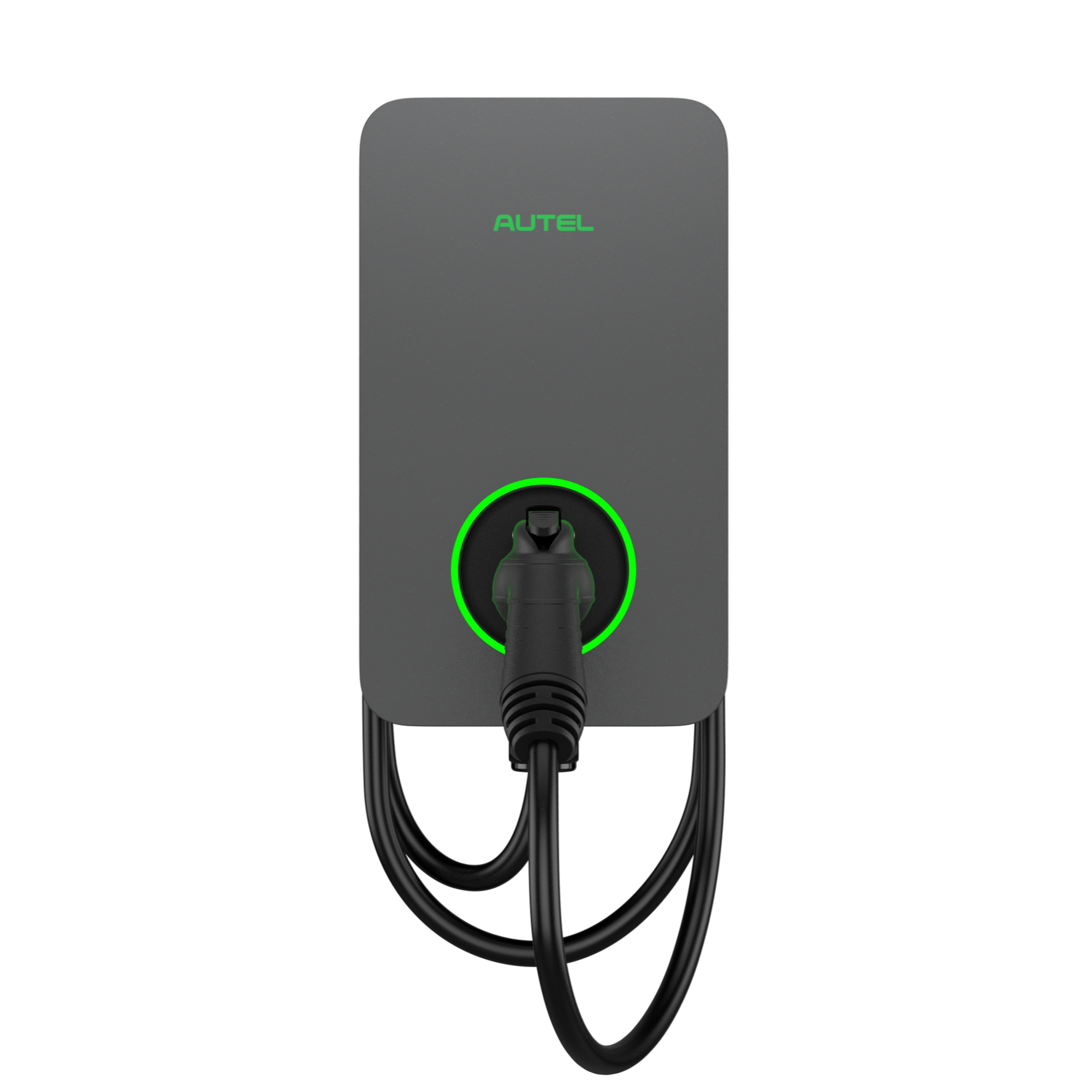

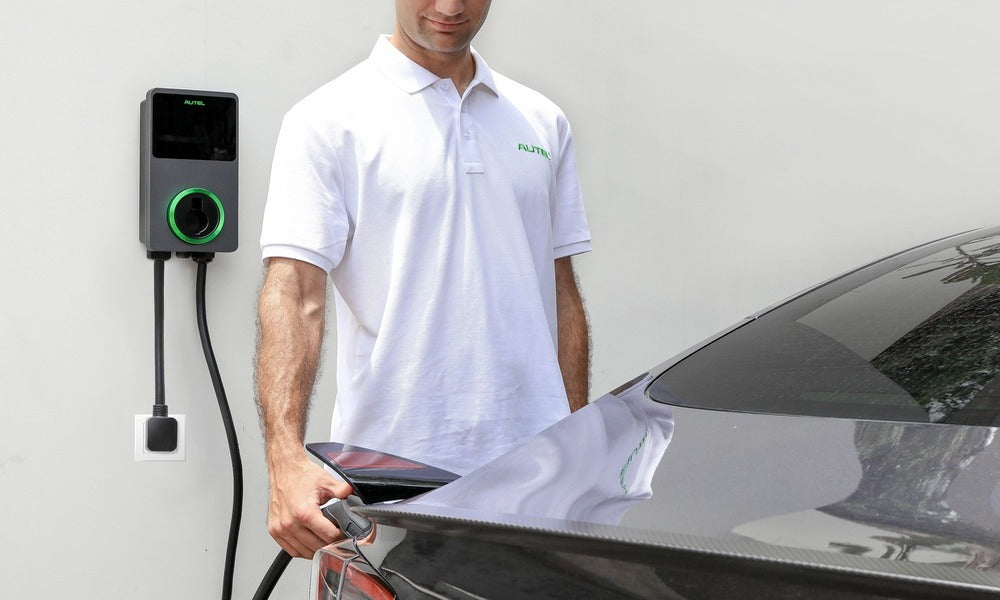

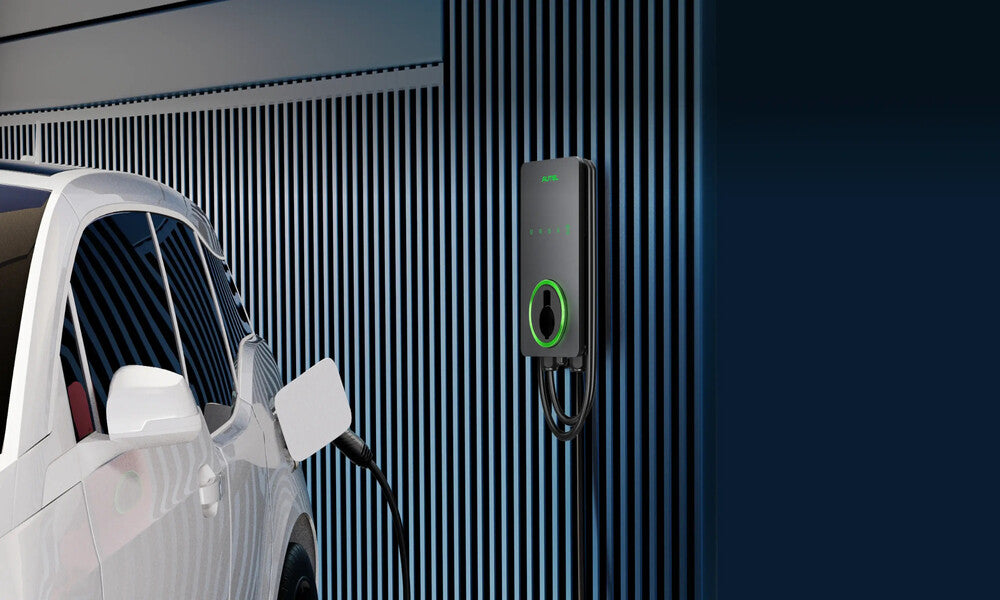
Leave a comment
All comments are moderated before being published.
This site is protected by hCaptcha and the hCaptcha Privacy Policy and Terms of Service apply.